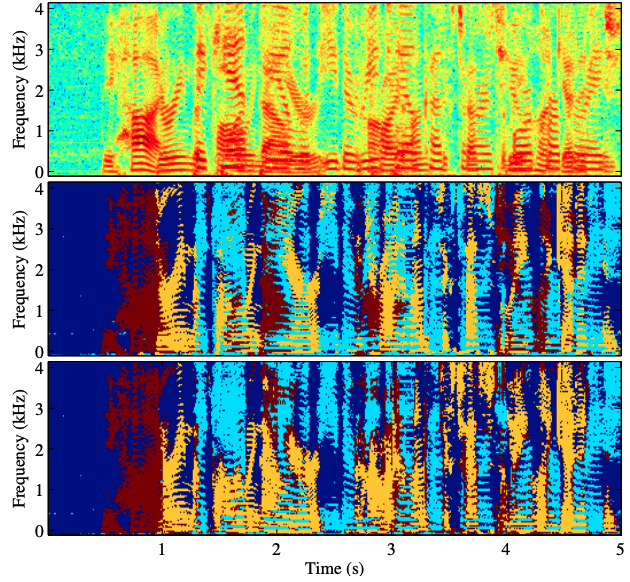An empirical study of Conv-TasNet
Conv-TasNet is a recently proposed waveform-based deep neural network that achieves state-of-the-art performance in speech source separation. Its architecture consists of a learnable encoder/decoder and a separator that operates on top of this learned space. Various improvements have been proposed to Conv-TasNet. However, they mostly focus on the separator, leaving its encoder/decoder as a (shallow) linear operator. In this paper, we conduct an empirical study of Conv-TasNet and propose an enhancement to the encoder/decoder that is based on a (deep) non-linear variant of it. In addition, we experiment with the larger and more diverse LibriTTS dataset and investigate the generalization capabilities of the studied models when trained on a much larger dataset. We propose cross-dataset evaluation that includes assessing separations from the WSJ0-2mix, LibriTTS and VCTK databases. Our results show that enhancements to the encoder/decoder can improve average SI-SNR performance by more than 1 dB. Furthermore, we offer insights into the generalization capabilities of Conv-TasNet and the potential value of improvements to the encoder/decoder.
PDF Abstract

 WSJ0-2mix
WSJ0-2mix